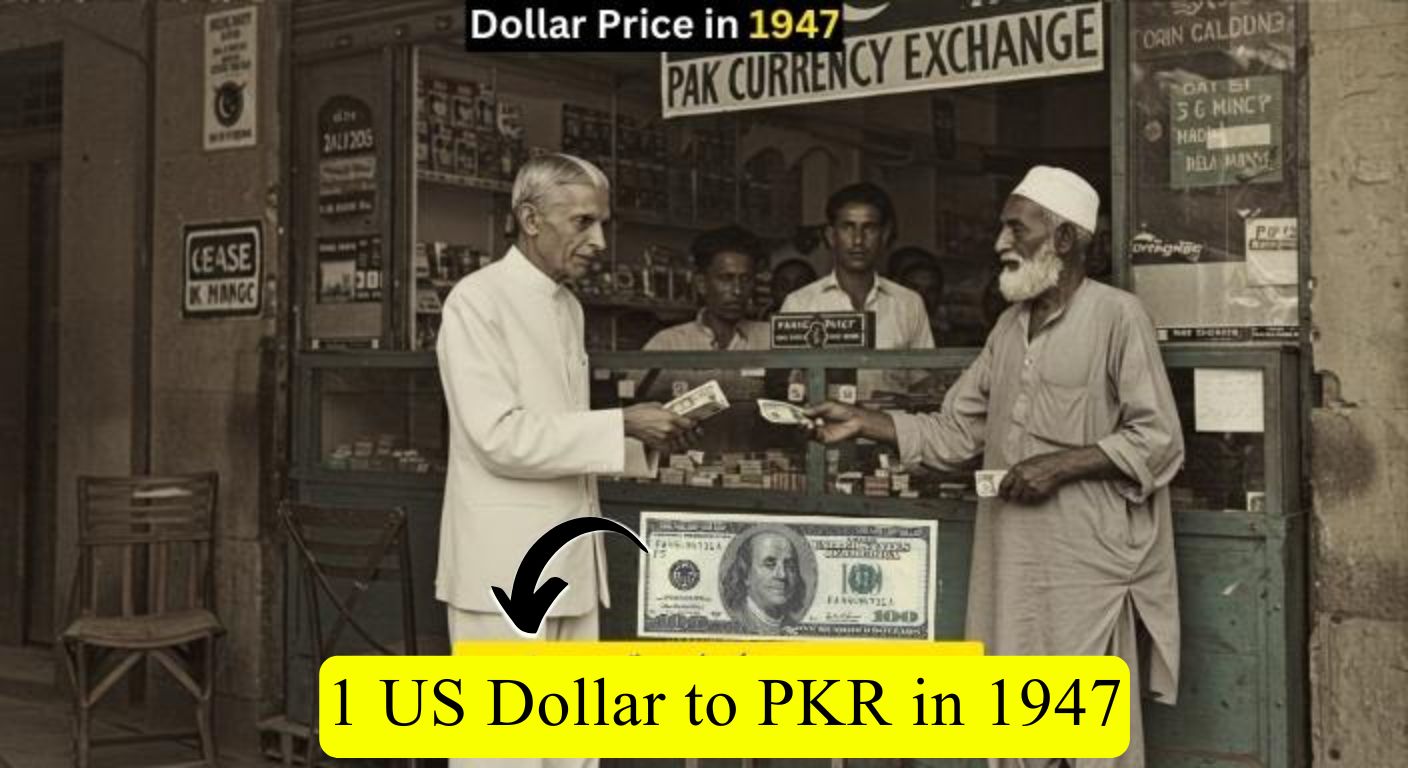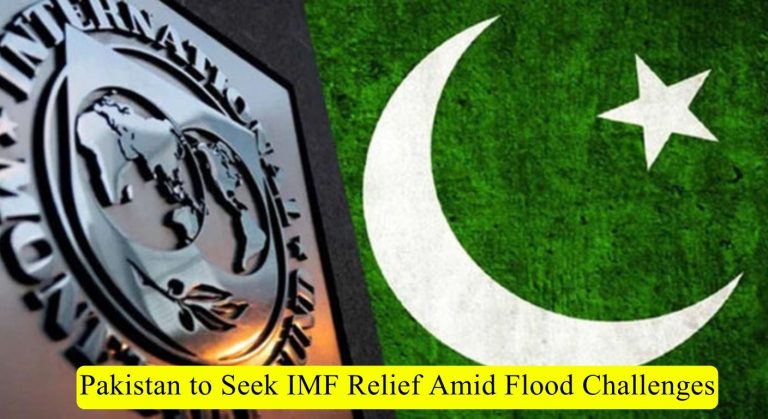1 USD to PKR in 1947 – History of the Dollar Rate in Pakistan

Today, 1 US dollar equals about PKR 283.35, but the situation was very different in 1947, right after Pakistan’s independence. At that time, 1 USD was worth only PKR 3.31. This sharp rise over nearly eight decades tells the story of how Pakistan’s economy and currency have gone through major ups and downs.
Dollar to PKR Exchange Rate Timeline (1947 – 2025)
| Year | Rate (1 USD = PKR) | Key Point |
|---|---|---|
| 1947 | 3.31 | Independence; rupee tied to British pound |
| 1955 | 4.76 | First devaluation to encourage exports |
| 1966 | 4.76 | Stability despite economic pressures |
| 1972 | 9.90 | After Bangladesh separation, rupee floated |
| 1982 | 12.85 | Shift to managed float system |
| 1990 | 21.71 | Economic reforms and liberalization |
| 2000 | 51.90 | Political instability and sanctions |
| 2008 | 70.65 | Global financial crisis impact |
| 2009 | 83.50 | Devaluation due to economic stress |
| 2018 | 138.00 | IMF bailout and currency depreciation |
| 2020 | 160.10 | COVID-19 pandemic effects |
| 2023 | 286.58 | Record high amid political & economic crisis |
| 2025 | 283.35 | Current rate, slightly lower than last year |
Why the Dollar Rate Mattered in 1947
At the time of independence, Pakistan was starting a new journey with very limited resources. The dollar’s value was important for several reasons:
- Fresh Start for the Economy – Pakistan began as a debt-free nation. The rupee was tied to the British pound, keeping the dollar rate steady at PKR 3.31.
- Limited Dollar Transactions – Most trade was done in rupees or pounds. Dollars were used mainly for foreign aid and imports such as heavy machinery and industrial goods.
- Global System – Under the Bretton Woods Agreement, the US dollar was linked to gold. This gave Pakistan’s currency a predictable exchange rate.
- First Change in the 1950s – As Pakistan started taking foreign loans and aid, the first devaluation happened in 1955, when the rate rose to PKR 4.76.
What the Journey Shows
From PKR 3.31 in 1947 to PKR 283.35 in 2025, the story of the dollar in Pakistan reflects decades of economic struggles, policy changes, and global challenges. Every rise in the exchange rate came with its own reasons — political instability, international sanctions, global recessions, and domestic inflation.
Today’s Situation
- Pakistan now receives over $30 billion in remittances every year, which helps support the rupee.
- Inflation remains around 9%, keeping the cost of living high.
- The dollar continues to affect trade, savings, education abroad, and travel for ordinary citizens.
Final Thoughts
The journey of the dollar against the rupee is more than just numbers; it reflects Pakistan’s entire economic history. From a strong start in 1947 to the challenges of 2025, the exchange rate remains one of the most important indicators of the country’s financial health. For businesses, students, travelers, and even households, the value of the dollar still shapes daily decisions and the nation’s future.






